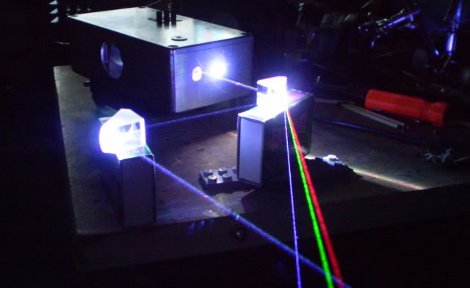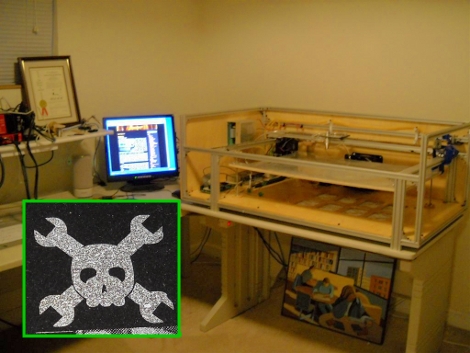
[Jared] had a bunch of lasers left over from a previous project that he put to use by producing this laser harp. The look of it reminds us of a very small Koto or perhaps an Autoharp (although the chords can’t be changed on this model).
We’re so glad that [Jared] spent the time to produce such a fine looking body for the instrument. The strings that would traditionally produce the sound on a harp have been replaced with laser diodes shining at Cadmium Sulfide photo resistors. When a beam of light is broken, an Arduino detects the change via the CdS cell and plays a sound through an Altec Lansing speaker inside of the case.
Unfortunately there’s no video available but we’re pretty sure it makes a “pew-pew” sound. There is a link to download the source code but it points to the overview page instead of downloadable code. From the fritzing diagram the CdS cells are part of a voltage divider which provides digital logic to the Arduino. That should be pretty easy to replicate even without seeing [Jared’s] code and we’re sure you can source other Arduino instrument projects for tips on wave shield or midi functionality.
[Thanks The Cheap Vegetable Gardener]

















